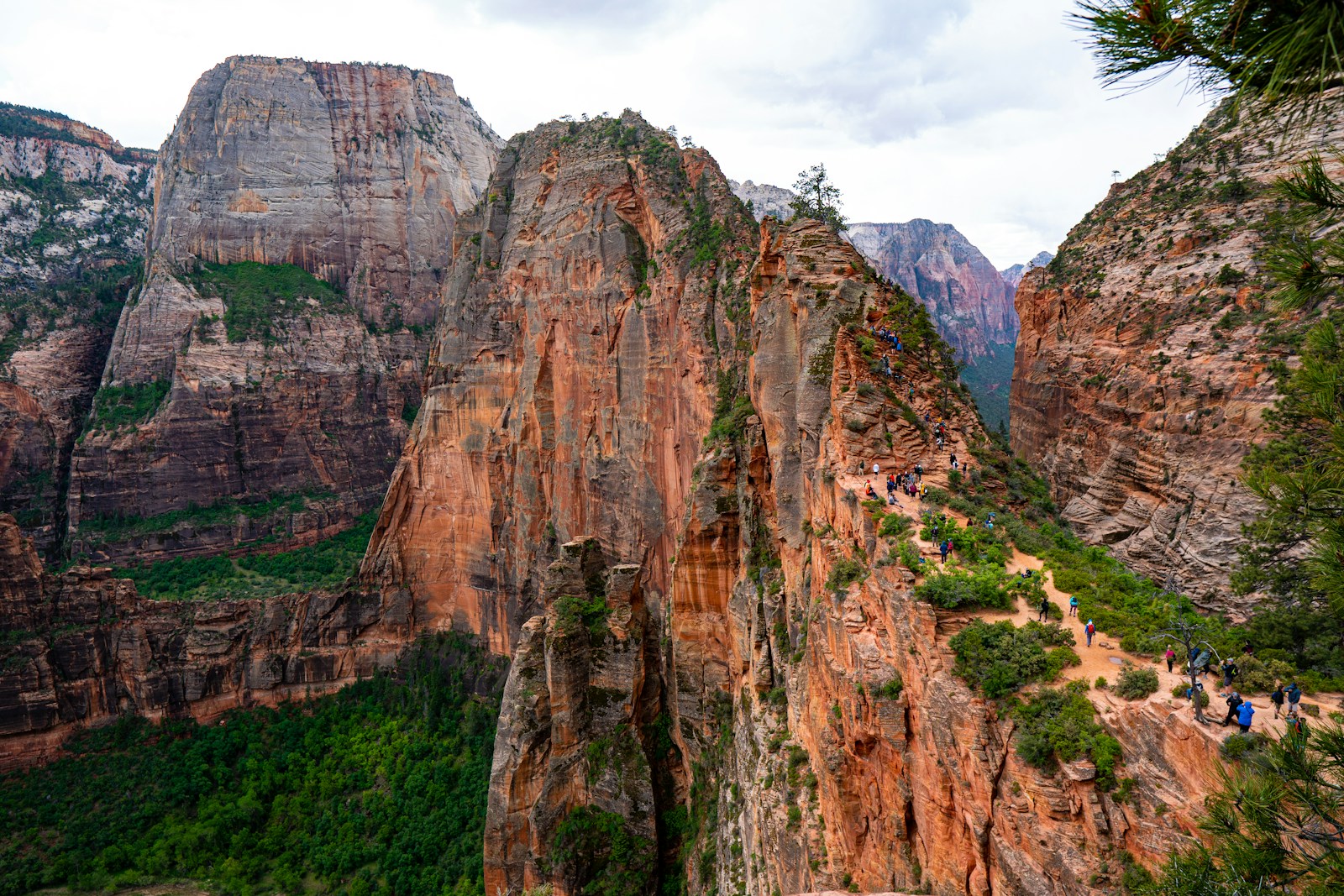National parks draw millions of visitors annually with their magnificent vistas, iconic landmarks, and well-documented trails. Yet beyond these popular attractions lies a world of hidden wonders—secluded valleys, obscure trails, and pristine locations that remain largely untouched by the tourist crowds. These secret spots offer a more intimate connection with nature, allowing visitors to experience the parks’ raw beauty in relative solitude. While the heavily trafficked areas certainly deserve their fame, those willing to venture off the beaten path are rewarded with extraordinary discoveries that most park visitors never witness. This article unveils some of these hidden treasures across America’s national parks, offering glimpses into the lesser-known corners of these protected wilderness areas.
The Appeal of Finding Hidden Gems
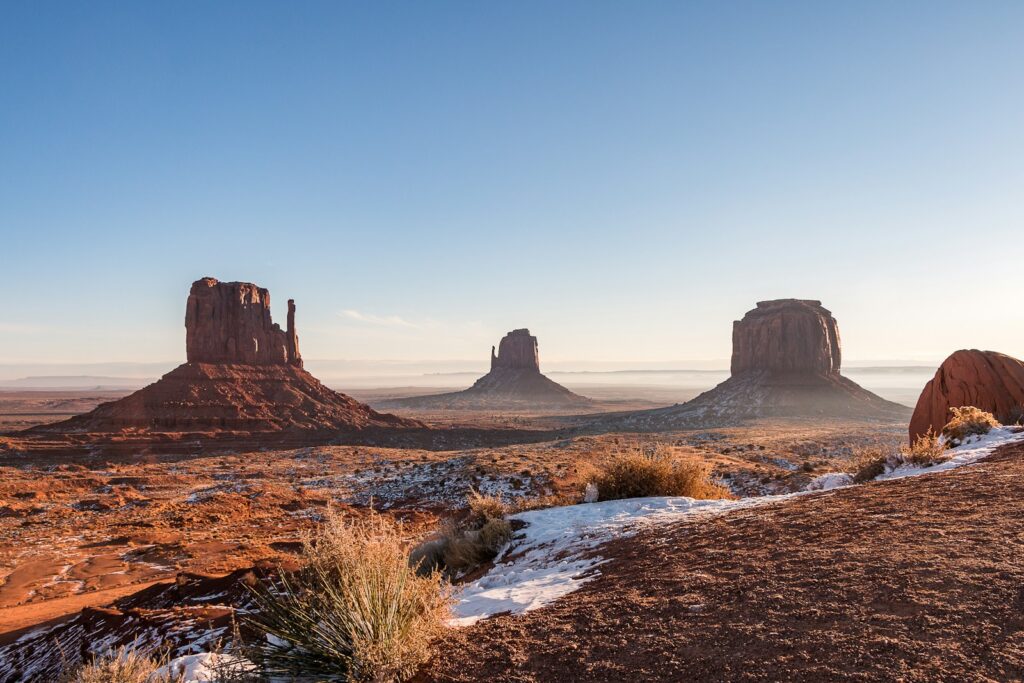
There’s something inherently thrilling about discovering places that aren’t highlighted in standard guidebooks or plastered across social media. These hidden spots offer a more authentic wilderness experience, allowing visitors to connect with nature without the distraction of crowds. The journey to these secluded locations often becomes as memorable as the destinations themselves, involving research, physical effort, and sometimes a bit of adventurous spirit. For photographers, these spots present opportunities to capture unique perspectives that haven’t been endlessly reproduced. More importantly, finding these secret locations creates personal connections to the parks, transforming a standard visit into a journey of discovery that feels distinctly your own.
Cathedral Valley in Capitol Reef National Park

While Zion and Bryce Canyon typically steal the spotlight among Utah’s national parks, Capitol Reef harbors one of the most spectacular hidden treasures in the entire park system: Cathedral Valley. This remote northern section requires navigating unpaved roads and potentially crossing a shallow river, deterrents that keep visitor numbers remarkably low. The reward is an otherworldly landscape of towering monoliths rising from the desert floor like ancient temples, their red and orange hues changing dramatically with the angle of the sun. The Temple of the Sun and Temple of the Moon stand as the valley’s most impressive formations, enormous standalone structures that seem to defy gravity. The profound silence of this area, broken only by the occasional desert breeze, creates an almost spiritual atmosphere that visitors rarely forget.
The Kolob Canyons of Zion National Park
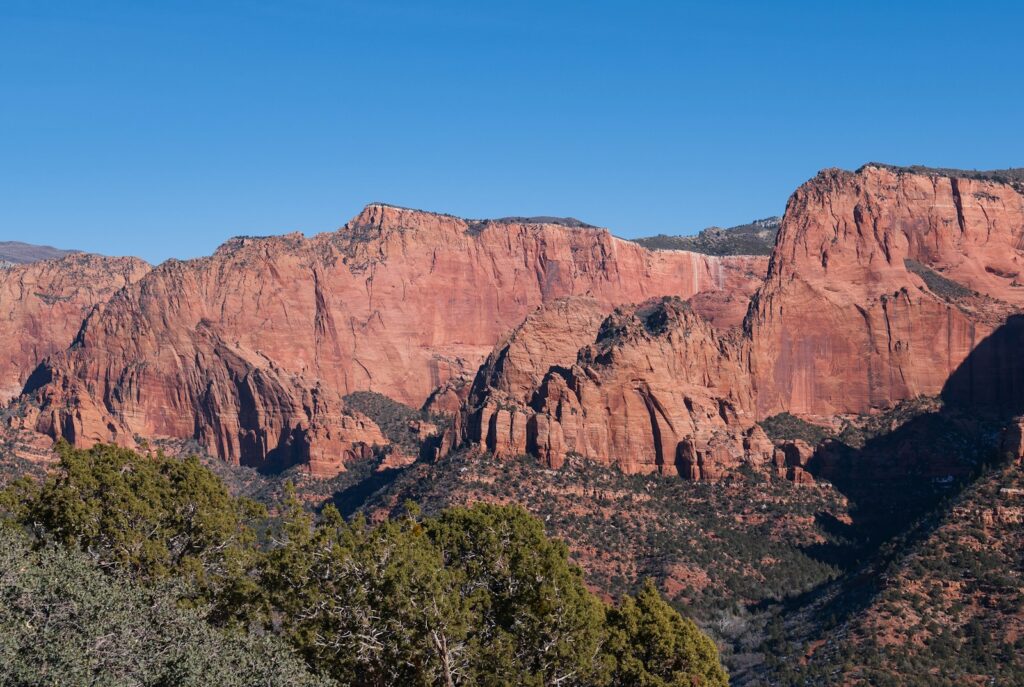
While millions crowd into Zion’s main canyon each year, the park’s northwestern section, Kolob Canyons, remains relatively untouched despite its breathtaking beauty. Located about forty miles from the main entrance, this area features a series of finger-like red rock canyons and dramatic peaks that rival the scenery of the main canyon but with a fraction of the visitors. The five-mile Kolob Arch Trail leads to one of the world’s largest natural arches, a magnificent stone span measuring nearly 300 feet. Early mornings here often reveal a landscape transformed by mist rising from the canyons, creating ethereal scenes of red rock emerging from clouds. The Timber Creek Overlook Trail offers perhaps the most accessible panorama, a relatively short walk revealing expansive views across the canyon system and, on clear days, all the way to the Grand Canyon’s North Rim.
Sliding Sands Trail’s Hidden Valleys in Haleakalā National Park
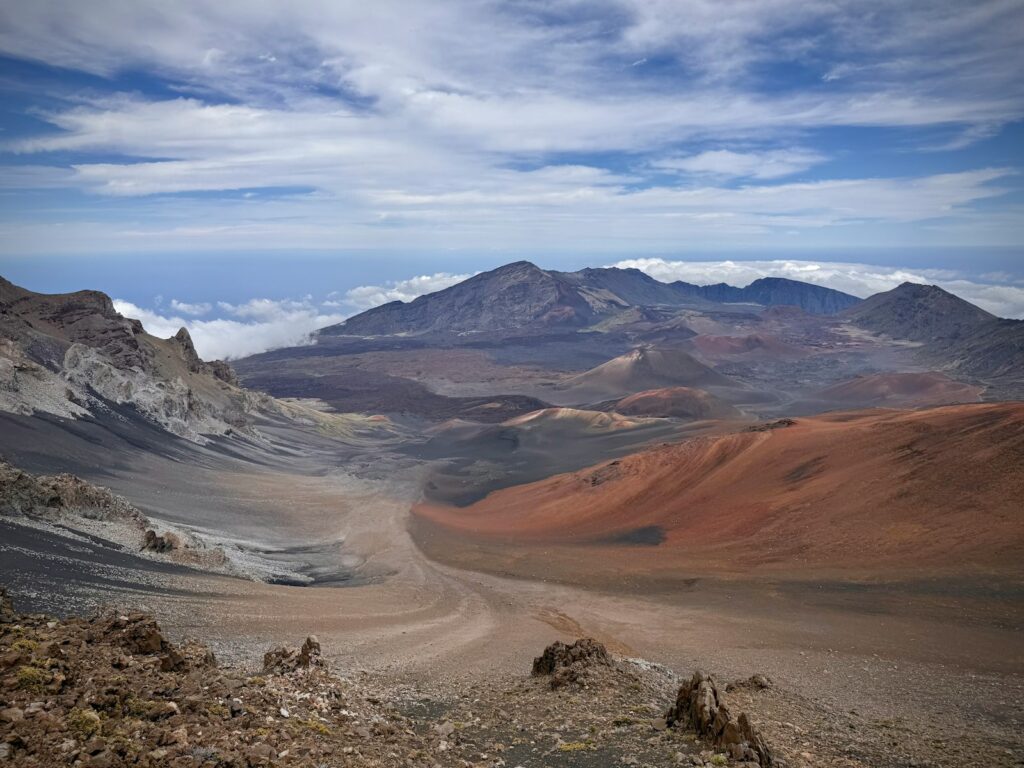
Haleakalā’s summit attracts thousands for its famous sunrise views, but few visitors venture far down the Sliding Sands Trail into the volcanic crater’s interior. Those who descend beyond the first mile enter an increasingly otherworldly landscape where vibrant cinder cones stand in stark contrast to the barren crater floor. About three miles in, hidden valleys appear, some containing rare silversword plants found nowhere else on Earth, their silvery leaves glistening in the high-altitude sunlight. These valleys experience dramatic climate shifts throughout the day, sometimes filling with clouds that create the illusion of walking through a lunar landscape suspended in mist. The absolute silence in these secluded areas, combined with the visible stars during daytime due to the extremely clear air, creates an almost metaphysical experience far from the tourist crowds at the rim.
Echo Canyon in Chiricahua National Monument

While technically a national monument rather than a park, Chiricahua remains one of Arizona’s best-kept natural secrets, and within this hidden gem lies an even more secluded wonder: Echo Canyon. This labyrinth of rhyolite rock formations was created by volcanic eruptions 27 million years ago, followed by millennia of erosion that sculpted these rocks into surreal balanced boulders and towering spires. The Echo Canyon Loop Trail winds through narrow passages where voices reverberate dramatically off the stone walls, giving the canyon its name. The “Grotto” section features a natural amphitheater of sorts, where even whispers return as clear echoes. In spring, wildflowers push through cracks in the ancient volcanic rock, creating striking contrasts against the weathered stone surfaces that few photographers have ever captured.
Hetch Hetchy Valley in Yosemite National Park
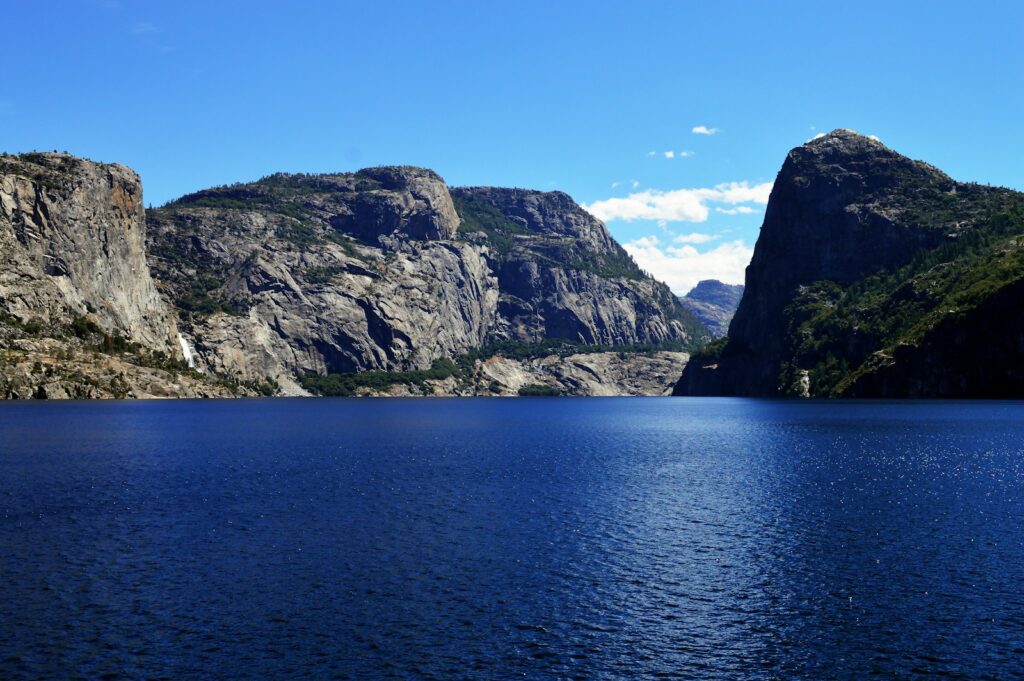
Before it was dammed in 1923, Hetch Hetchy Valley was considered Yosemite Valley’s twin in grandeur, prompting John Muir to fight desperately for its preservation. Today, while millions crowd into Yosemite Valley annually, less than 1% of park visitors make it to Hetch Hetchy, making it one of Yosemite’s most overlooked treasures. Despite the dam, the valley still offers spectacular granite cliffs, including Kolana Rock and Wapama Falls, which thunders 1,400 feet down sheer rock faces. The relatively flat trail along the reservoir’s northern edge leads to several hidden beaches and coves where visitors can often spend hours in complete solitude surrounded by Yosemite-caliber scenery. Spring visits reveal multiple ephemeral waterfalls cascading down the granite walls that aren’t documented on any park maps, known only to regular visitors of this forgotten valley.
The Primitive Trails of Big Bend National Park
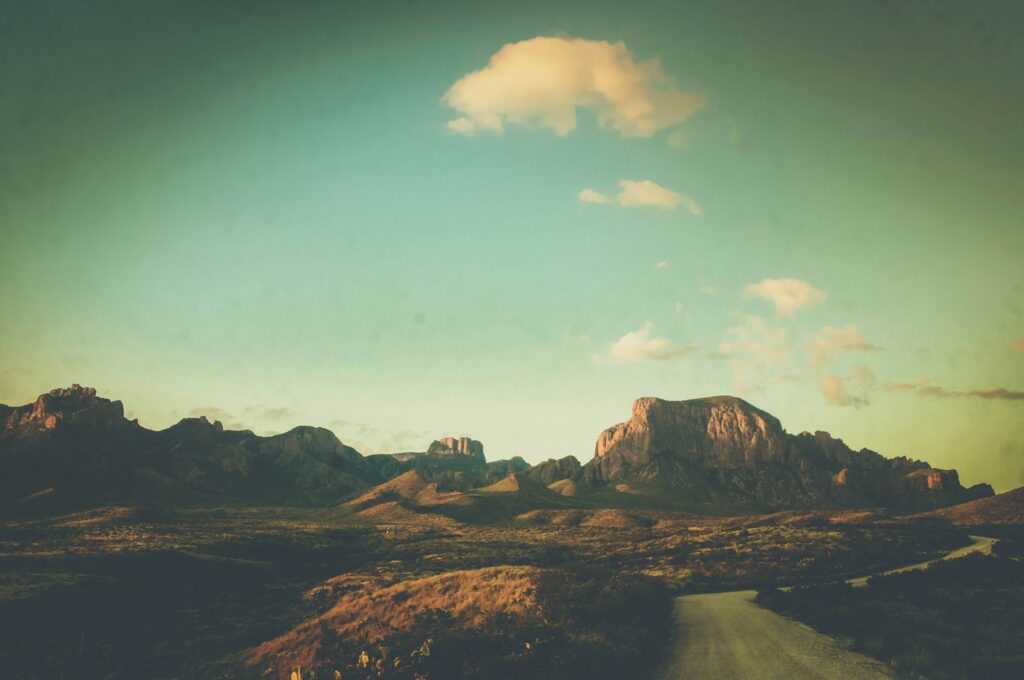
Far from any major population center, Texas’s Big Bend National Park receives fewer visitors in an entire year than Yellowstone sees in a single summer month, making even its established trails feel remote. However, the park’s true hidden gems lie along its primitive routes, unmaintained paths that require backcountry navigation skills to explore. The Mesa de Anguila Trail, accessible from the western edge of the park, climbs a massive limestone plateau offering unparalleled views into both the United States and Mexico, with the Rio Grande snaking through the canyon far below. Along this little-used trail, hikers occasionally find intact fossils embedded in the rock, remnants of the ancient sea that once covered this desert landscape. The Dove Mountain primitive route leads to hidden springs where desert wildlife congregates at dawn and dusk, creating rare opportunities to observe elusive species like mountain lions, javelinas, and ringtails in their natural habitat.
The Bechler Region of Yellowstone National Park
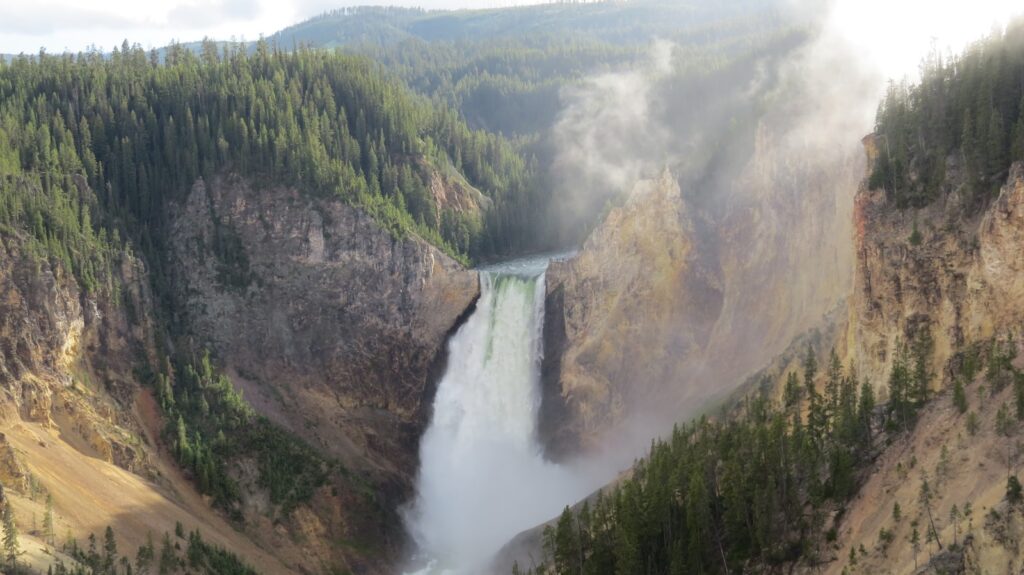
While millions of visitors crowd around Yellowstone’s famous geysers and wildlife-rich valleys, the remote southwestern corner of the park known as the Bechler Region remains virtually untouched. Often called “Cascade Corner,” this area contains the highest concentration of waterfalls in Yellowstone, many accessible only by multi-day backpacking trips. The journey to Dunanda Falls takes hikers through meadows of wildflowers to a 150-foot waterfall with natural hot spring pools at its base, where bathers can soak while gazing up at the cascading water. Mr. Bubbles, a geothermal feature found along Ferris Fork, creates a natural hot tub in the wilderness, surrounded by pristine forest with no development in sight. The remoteness of this area and the absence of roads makes it a prime location to spot wildlife that has learned to avoid the more heavily trafficked regions of the park.
The Fiery Gizzard Trail in Great Smoky Mountains
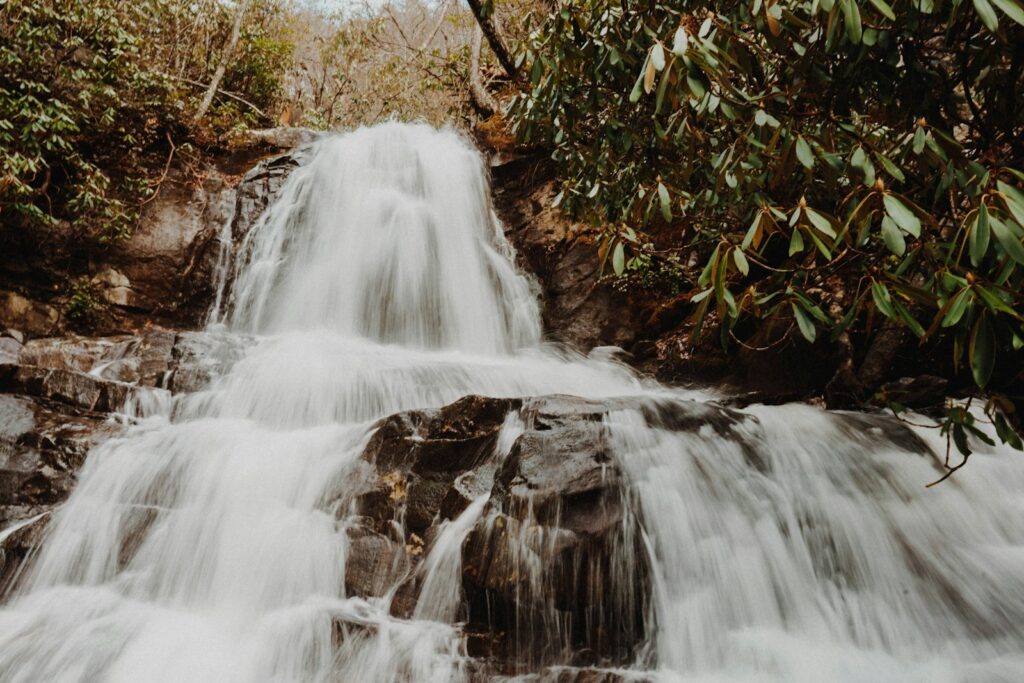
While the Great Smoky Mountains rank as America’s most visited national park, certain areas remain surprisingly secluded, with the Fiery Gizzard Trail representing one of its most spectacular yet overlooked treasures. Located in the Tennessee portion of the park, this challenging trail winds through old-growth forests containing trees over 500 years old that have never been logged, a rarity in the eastern United States. The path follows a rock-strewn creek to several hidden waterfalls, including one that plunges into a grotto surrounded by house-sized boulders covered in ancient mosses and ferns. Several natural rock houses—shallow caves formed by massive overhanging cliffs—provided shelter to indigenous peoples for thousands of years, evidenced by occasional artifacts visible in the soil. The trail’s difficulty and relative obscurity mean that even on summer weekends, hikers can find stretches where no other people are visible or audible.
Hidden Valley in Joshua Tree National Park
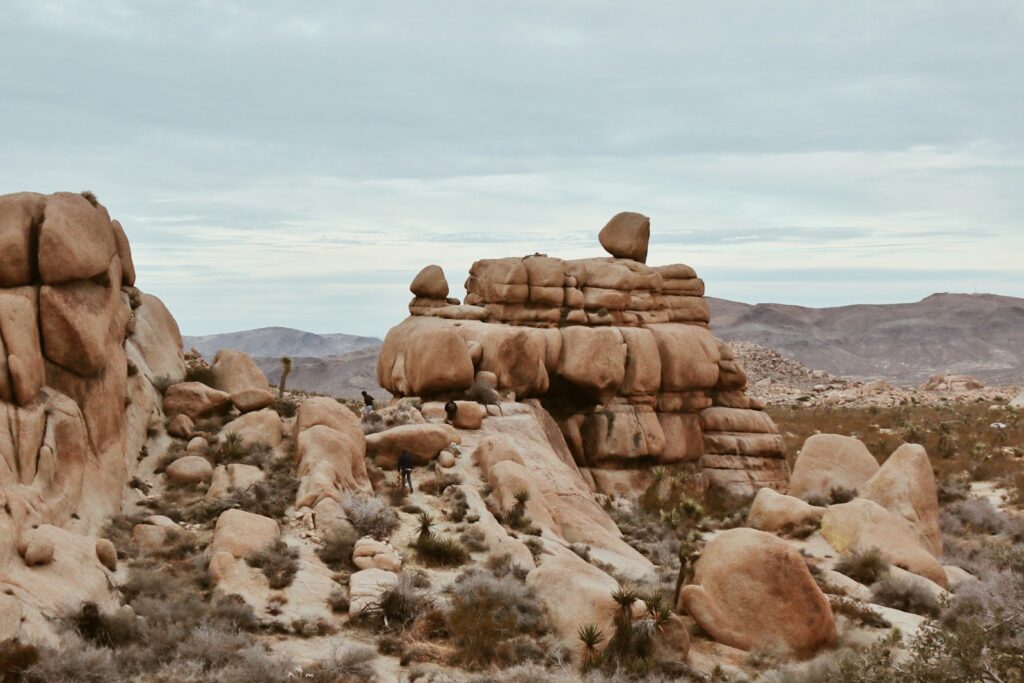
Tucked between massive boulder piles in the heart of Joshua Tree National Park lies Hidden Valley, a secret interior basin that was once used by cattle rustlers to conceal stolen herds. Surrounded completely by natural rock walls, this 55-acre enclosure creates its own microclimate, supporting plant species uncommon elsewhere in the park. A narrow passage through the rocks, known locally as “the secret entrance,” leads to this unexpected oasis that many regular park visitors never discover. In spring, wildflowers carpet portions of the valley floor, creating vibrant displays of color against the monochromatic granite surroundings. Early mornings often find the valley floor wrapped in mist, creating ethereal scenes as Joshua trees emerge from the fog while climbers scale the surrounding rock formations in golden light.
The Kalalau Valley Overlook in Kauai
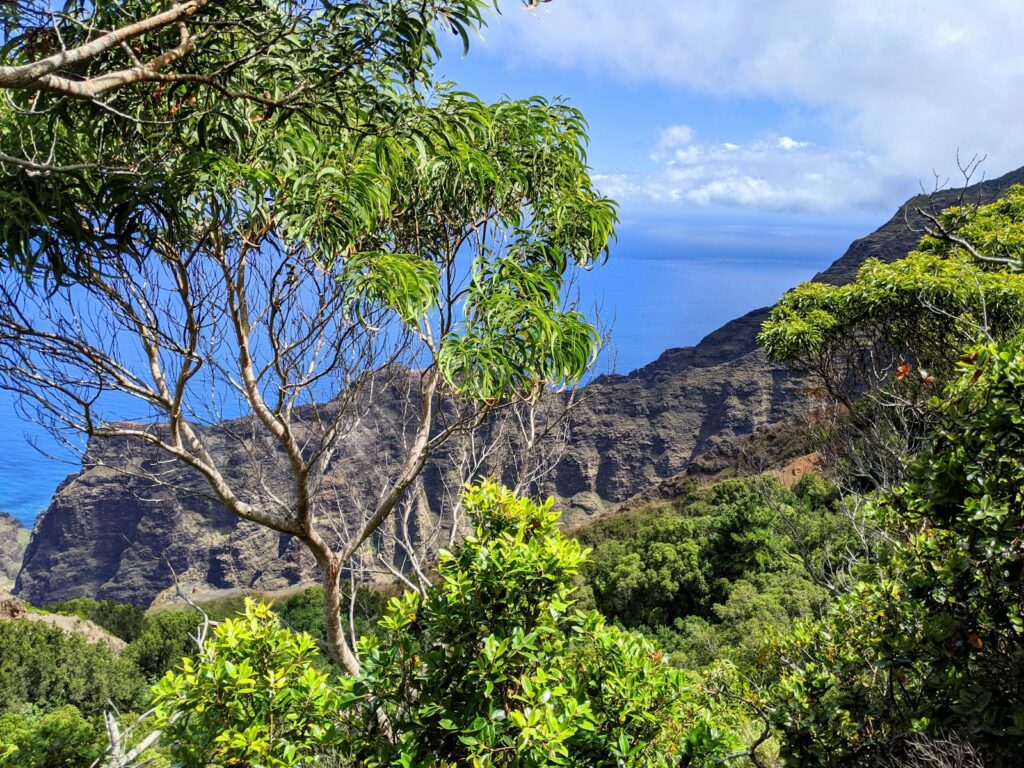
Hawaii’s Nāpali Coast in Kauai draws photographers to its famous ridgeline views, but few visitors discover the unmarked trail leading to the ultimate Kalalau Valley viewpoint. Hidden beyond the crowded main overlook, this secret spot requires navigating a narrow, unofficial path that winds through dense vegetation before emerging at a precipitous dropoff. The reward is a breathtaking panorama encompassing the entire valley all the way to the ocean, a vista dramatically more expansive than what’s visible from the designated viewing area. During winter months, humpback whales can often be spotted breaching in the distance, adding movement to this already spectacular landscape. The location’s obscurity means photographers can often spend hours here without interruption, capturing the valley’s changing light conditions as clouds cast moving shadows across the ridges and valley floor.
The Racetrack Playa in Death Valley National Park
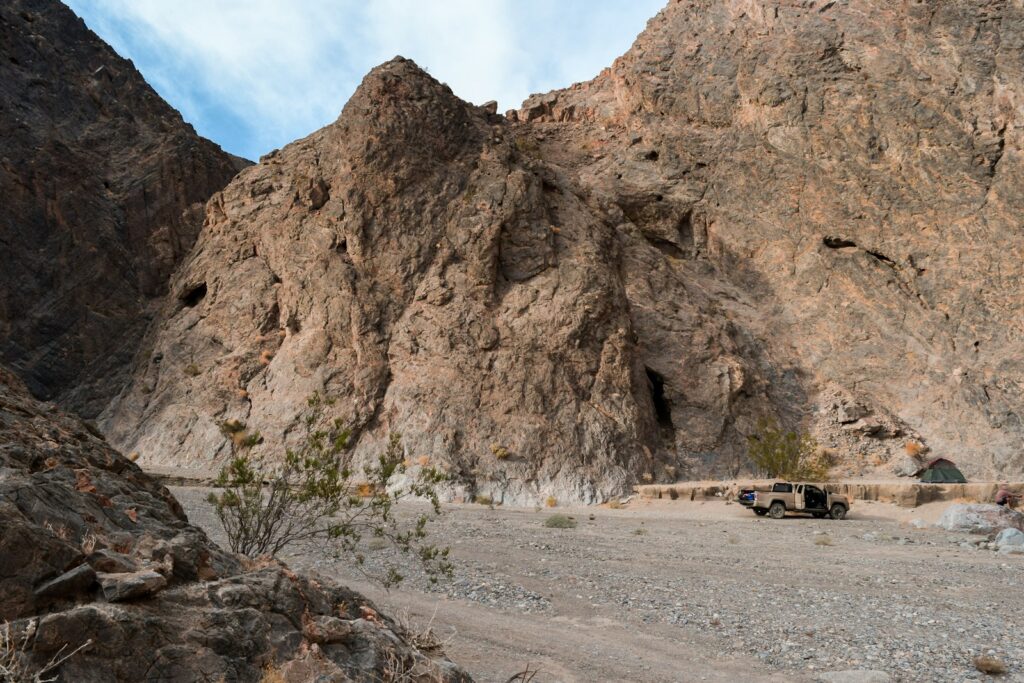
Deep within the remote northern reaches of Death Valley lies one of nature’s most perplexing phenomena: the Racetrack Playa, where rocks mysteriously move across the desert floor, leaving long trails behind them. Reaching this location requires a punishing drive over 27 miles of rough, tire-shredding roads, ensuring that relatively few of Death Valley’s visitors ever witness this natural wonder. The sailing stones, as they’re called, move only under specific conditions when rain creates a thin layer of ice that, blown by wind, carries the rocks across the playa surface. The morning light reveals hundreds of random trails crisscrossing the perfectly flat lakebed, creating patterns that seem deliberately artistic rather than natural. Visiting at dawn offers not only the best light for photography but also the greatest chance of having this extraordinary place entirely to yourself.
Responsible Exploration of Hidden Locations
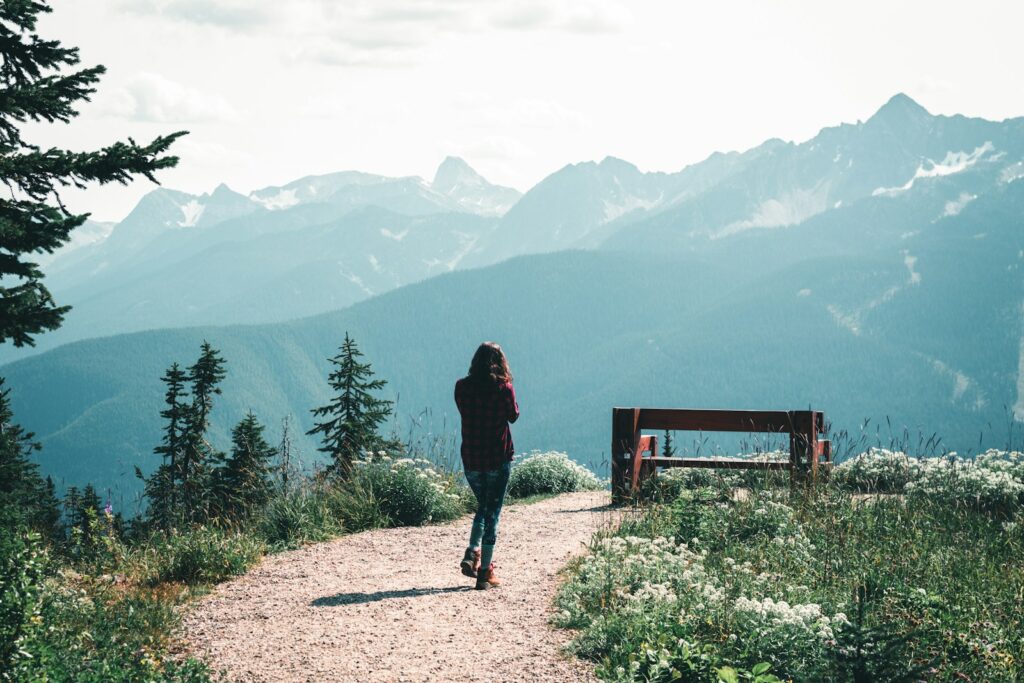
With the revelation of these secret spots comes a significant responsibility for mindful visitation. These areas have remained pristine precisely because they receive limited human traffic, making it essential that explorers practice strict Leave No Trace principles. Before venturing to remote locations, visitors should thoroughly research current conditions and obtain necessary permits, as many of these areas have specific visitation limits designed to protect their fragile ecosystems. Sharing experiences with these places should be done thoughtfully, as social media can quickly transform hidden gems into overcrowded destinations, fundamentally changing their character. The true spirit of discovering these secret spots lies not just in finding them but in helping preserve their unspoiled nature for future explorers who share the same sense of wonder and respect for wild places.
Preparation Tips for Finding Your Own Secret Spots

Discovering hidden locations within national parks often requires research beyond standard guidebooks and websites. Conversations with experienced park rangers can yield valuable information about lesser-known areas, particularly when you express interest in quieter alternatives to crowded attractions. Studying topographic maps often reveals intriguing features—isolated lakes, unnamed waterfalls, or peculiar geological formations—that might not appear in visitor guides. Timing plays a crucial role in experiencing solitude, with early mornings, weekdays, and off-season periods dramatically reducing encounter rates with other visitors. Developing wilderness navigation skills, including the use of compass and map rather than relying solely on electronic devices, opens up possibilities for exploring unmaintained trails and cross-country routes where the most secluded treasures often lie.
National parks hold countless secrets beyond their famous landmarks, waiting for those willing to venture deeper, research thoroughly, and approach these wild places with reverence. The discovery of these hidden gems offers not just spectacular views but a profound connection to nature in its most undisturbed state. As you explore these magnificent wilderness areas, remember that the most valuable souvenirs are the memories created in these special places—and perhaps a few carefully taken photographs that capture their essence without revealing their exact locations. The true magic of these secret spots lies not just in their beauty but in the journey of discovery itself, a reminder that even in our thoroughly mapped world, genuine exploration remains possible for those with curious minds and adventurous spirits.

